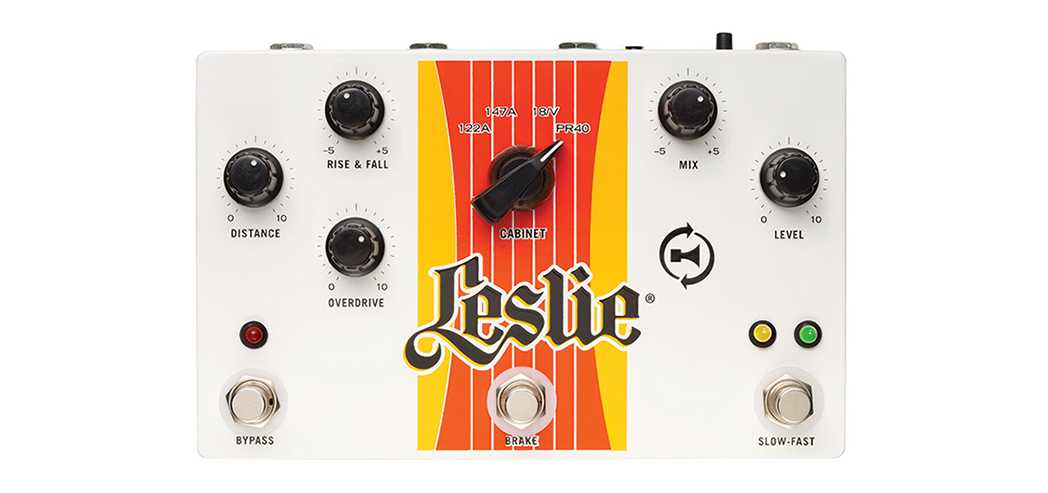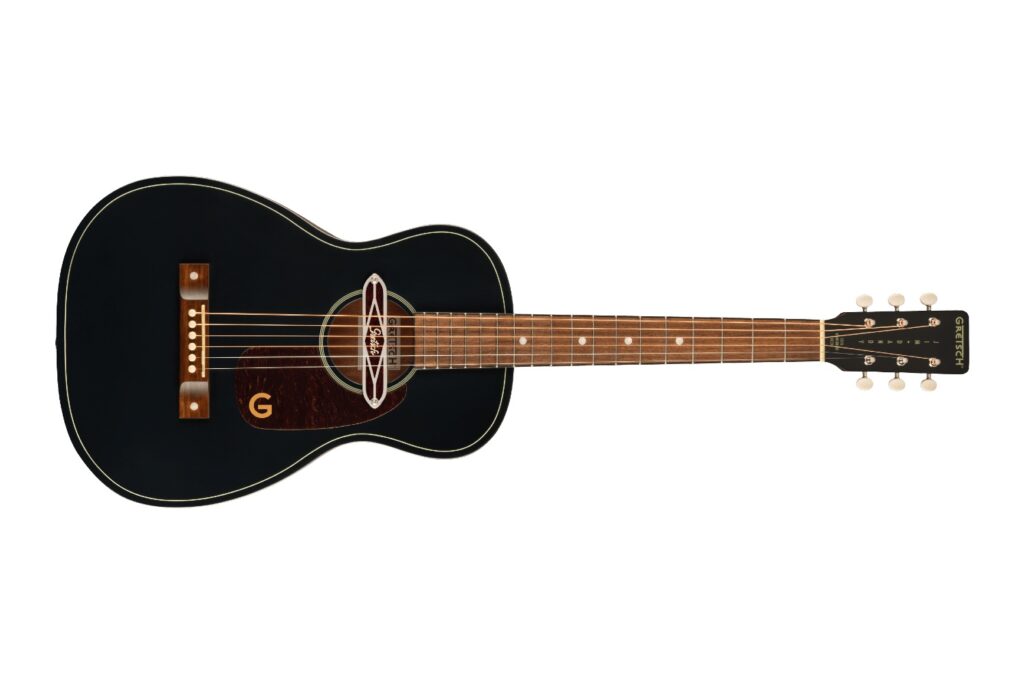FIRST LOOK
I was quick to get this one out of the box and start poking around with it. Pedals like this always get a lot of interest, offering something a little different to what we see day in and day out. So, for connections, you get a stereo input on a single 6.5mm TRS jack. This will work in mono with a typical guitar lead inserted and diverts the signal to the left output. There is also a gain switch next to this, allowing you to up the input for guitars, or peel it back for higher levelled keyboards.
A CU-1 control input is also found on the rear. This will mean nothing to guitarists, but Hammond keyboard players will know of these pedals. Essentially it allows you to change the speed of a Leslie. Let’s ignore that for the sake of guitar use. On the top panel there are a range of controls that allow you to fully sculpt the sound. The level and mix controls are fairly obvious, as is the overdrive control which brings in a typical Hammond style of overdrive, quite unlike what many guitarists would be used to in their overdrive pedals. It actually has a more gritty and natural response, based on the 40-watt tube amplifier from the original Leslie, giving you the impression that you are about to break something when you really wind it up.
THAT LESLIE SOUND
After the standard fair, there are the rise & fall and distance controls. These allow you to harness the parameters of the Leslie speaker emulation to suit your playing style. The distance control determines the nature of the sound as though a microphone were being moved closer or further away from the cabinet. At the lower setting, it acts like the microphone is right up against the cabinet and is harsher than when you move it away with an increase of the control. The rise & fall control determines the speed in which the effect transitions form a slow to a fast Leslie speed. You can then engage the Leslie speed variations from the slow-fast button, allowing you to change it up in a single press. The rise & fall changes the way in which this function behaves.
Hitting the brake control doesn’t just bypass the signal, but actually halts the Leslie’s rotation just like the actually moving speaker would, so it has a quality unlike hitting the bypass as it slows down abruptly and brings the Leslie to an abrupt halt. In the centre of the pedal is a selector knob to allow you to choose between the four cabinet models. The original 122A speaker cabinet is there along with three others that may not be familiar to many guitarists. But that doesn’t matter, all you need to do is switch between them and hear how they sound, you’ll find a tone that works for you pretty quickly.
For more details on the range of Leslie products, head to musico.com.au.
* This product was incorrectly listed as retailing at $499 in last month’s issue of Mixdown. The correct RRP for this product is $699.





